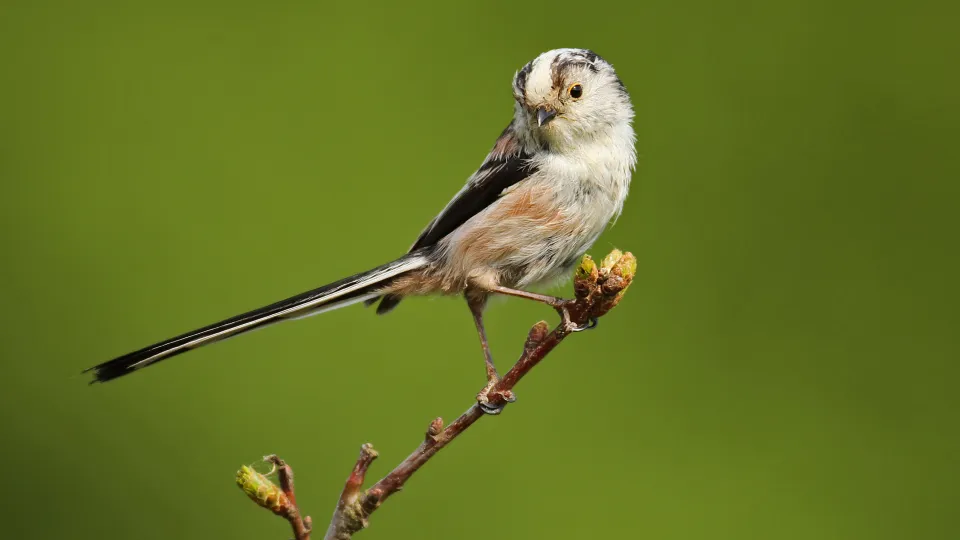
Long-tailed tit
Living up to its name, the long-tailed tit can be easily recognised by its long tail. It is a small, pretty, pink, black and white bird that can be seen in woodlands, gardens and parks.

Living up to its name, the long-tailed tit can be easily recognised by its long tail. It is a small, pretty, pink, black and white bird that can be seen in woodlands, gardens and parks.
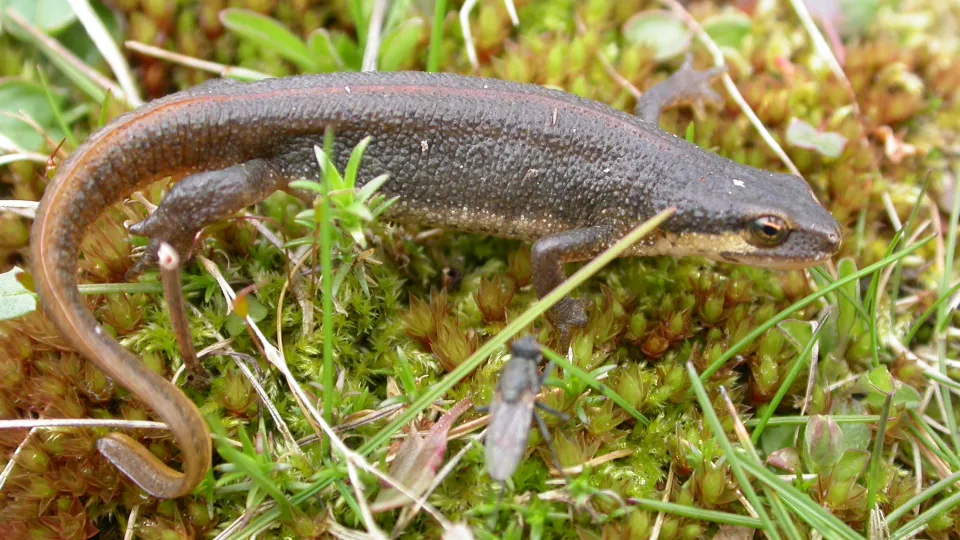
The palmate newt looks similar to the smooth newt, but favours shallow pools on acidic soils like heathlands. During the breeding season, males grow distinctive black webbing on their hind feet.
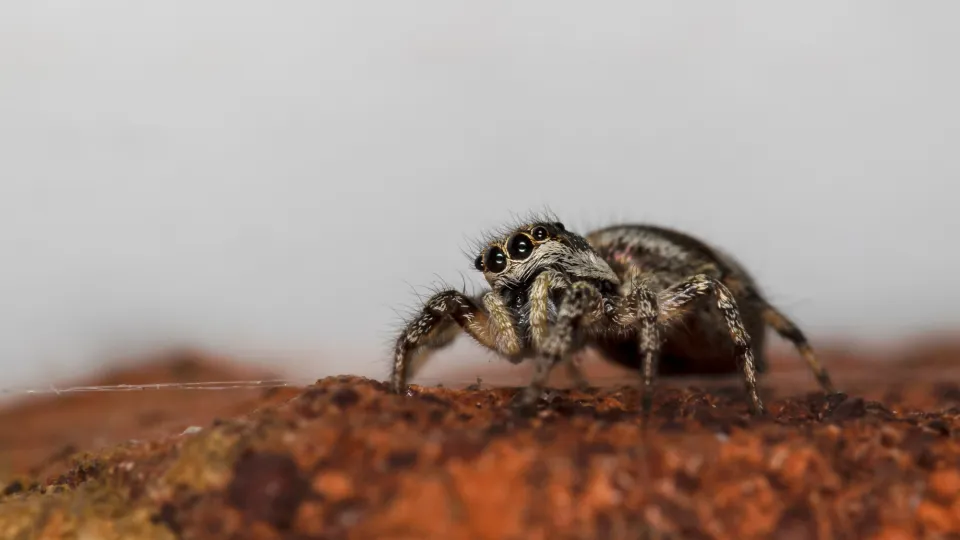
As its name suggests, the zebra spider has the familiar black-and-white stripes of a zebra, making it very distinctive. It can be found stalking its prey on rocks, trees and walls, particularly in gardens.
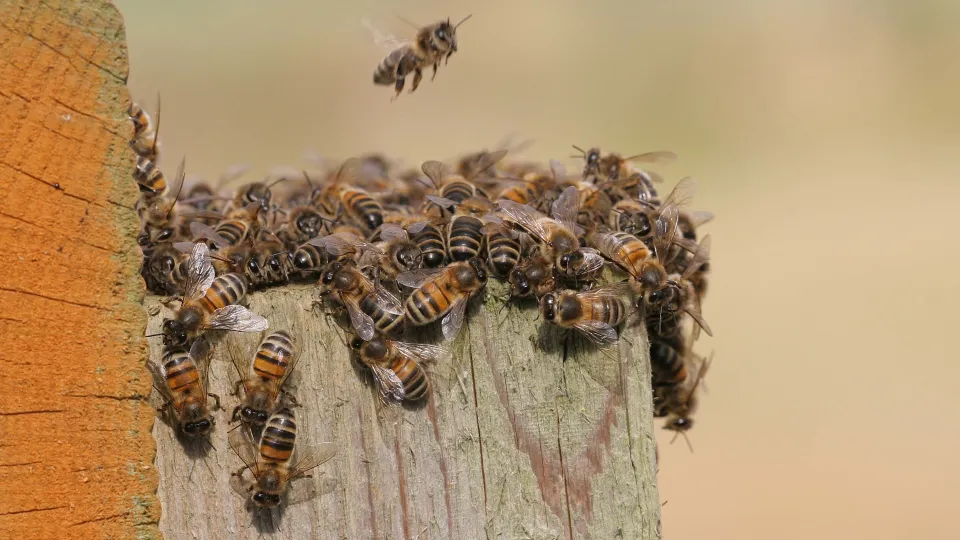
Honeybees are famous for the honey they produce! These easily recognisable little bees are hard workers, living in large hives made of wax honeycombs.
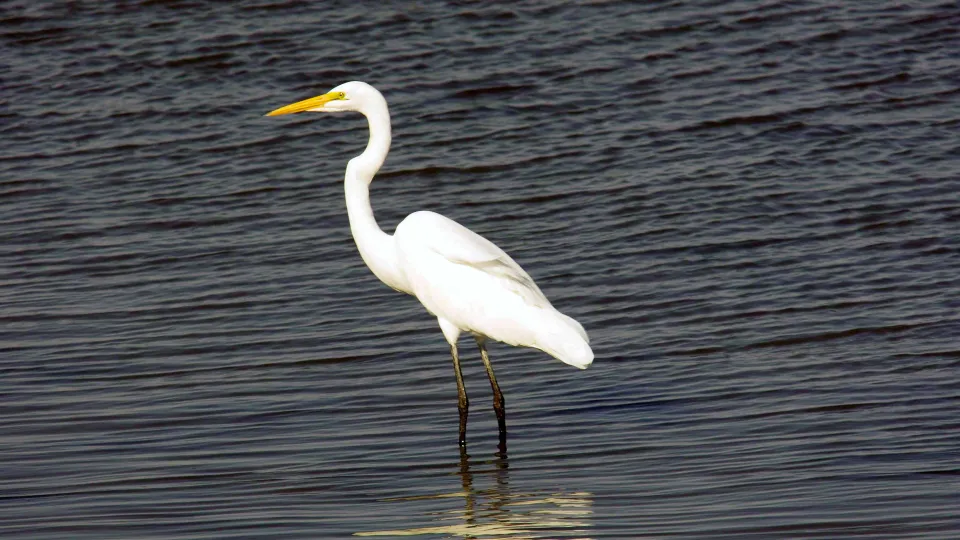
As the name suggests, this tall, white heron is considerably larger than the similar little egret. Once a rare visitor to the UK, sightings have become more common over the last few decades, with several pairs now breeding.

This stocky wader is mostly a winter visitor to the UK, where it can be found on rocky, seaweed-covered coasts, often with groups of turnstones.
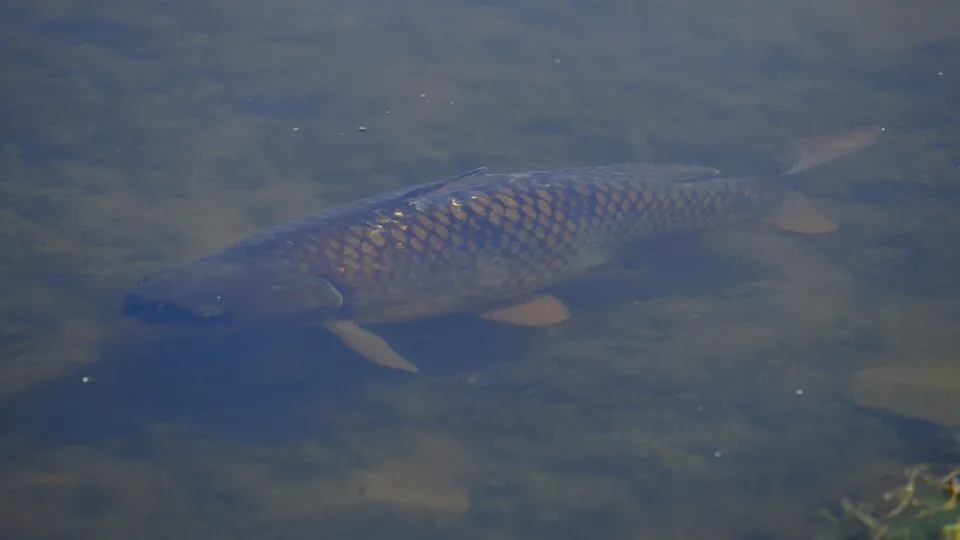
The common carp is a very large fish that is popular with anglers due to its size and fighting spirit. It frequents ponds, gravel pits and lakes, but is not native to the UK, being introduced in the Middle Ages.
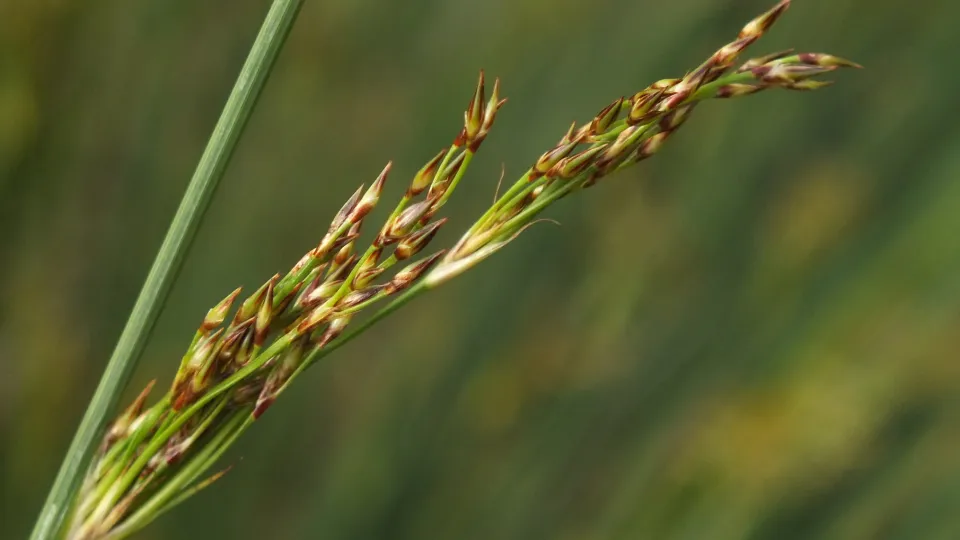
The stiff, spiky and upright leaves and brown flowers of hard rush are a familiar sight of wetlands, riversides, dune slacks and marshes across England and Wales.
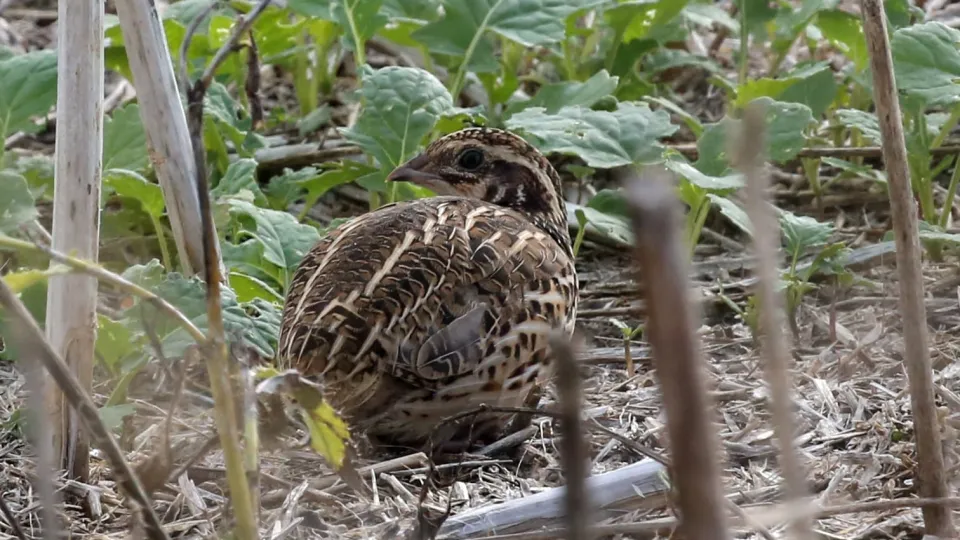
This tiny gamebird is rarely seen, but its distinctive "wet my lips" call can be heard ringing out over areas of farmland on summer evenings.
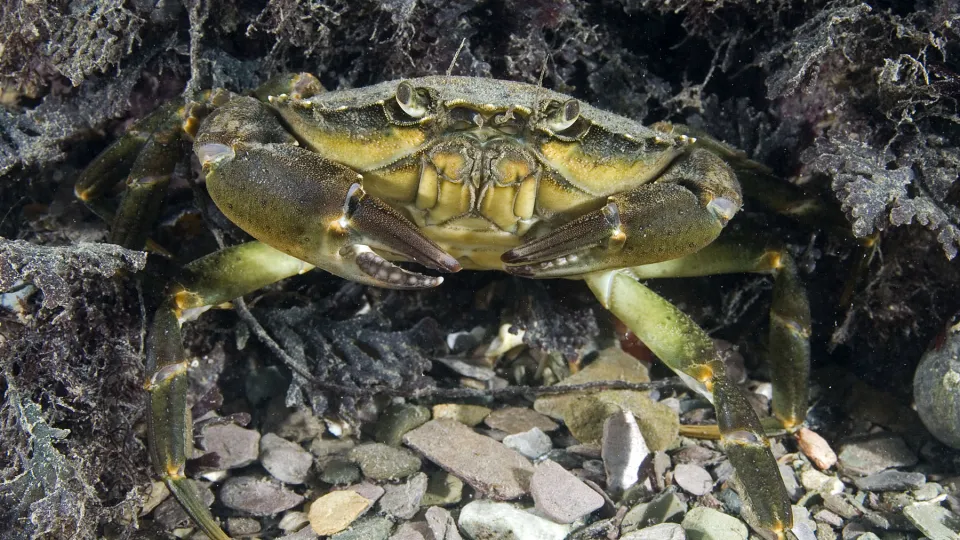
This crab is common around all of the UK. If you've ever been rockpooling or crabbing, it's probably the shore crab that you've met.